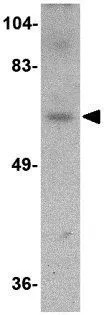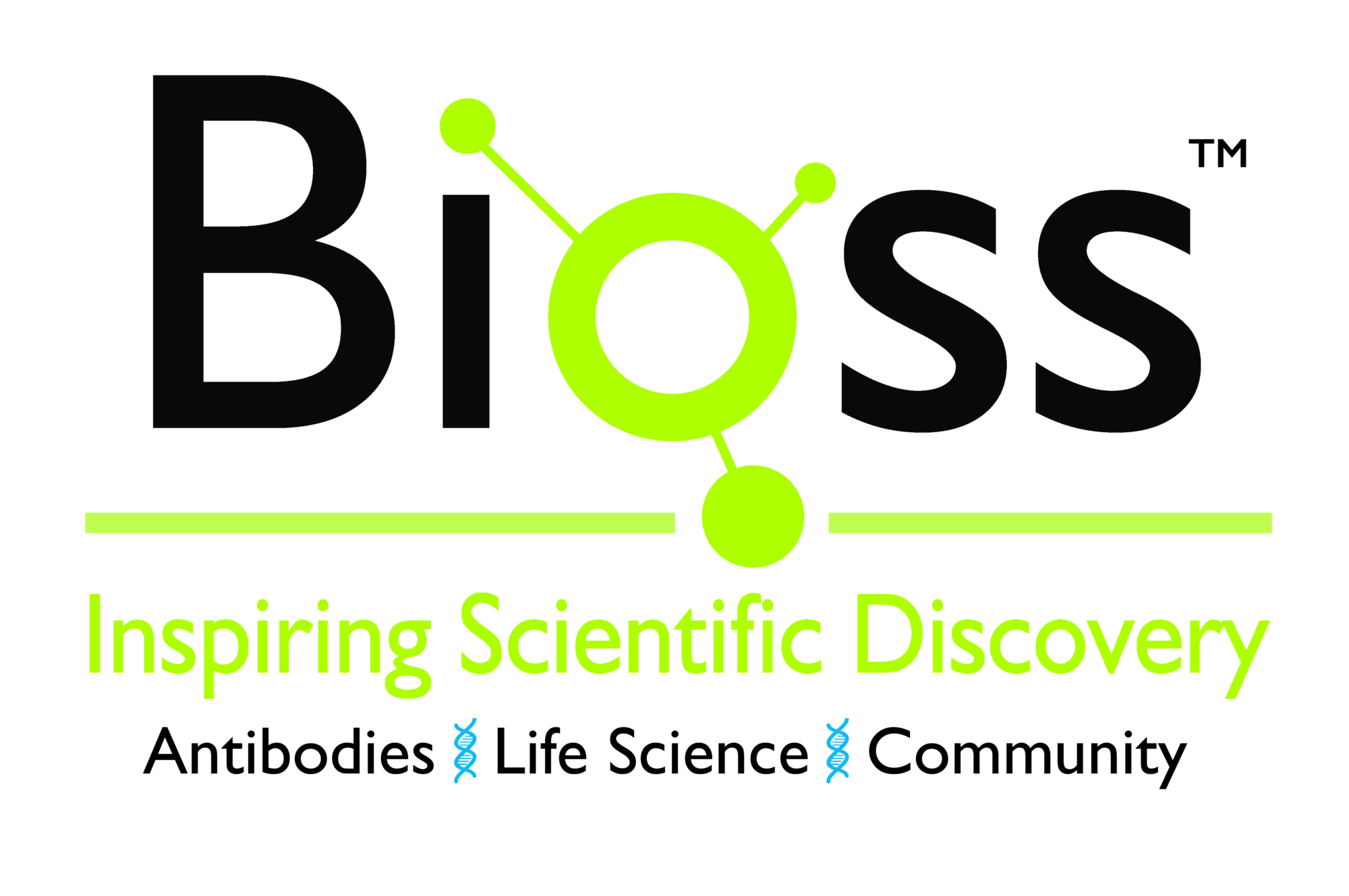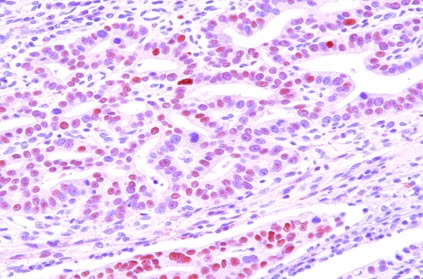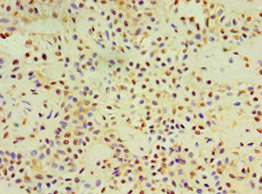
WB analysis of rat brain tissue lysate using GTX85372 Dact3 antibody. Working concentration : 1 microg/ml
Dact3 antibody
GTX85372
ApplicationsWestern Blot, ELISA
Product group Antibodies
TargetDACT3
Overview
- SupplierGeneTex
- Product NameDact3 antibody
- Delivery Days Customer9
- Application Supplier NoteWB: 1 microg/mL. *Optimal dilutions/concentrations should be determined by the researcher.Not tested in other applications.
- ApplicationsWestern Blot, ELISA
- CertificationResearch Use Only
- ClonalityPolyclonal
- Concentration1 mg/ml
- ConjugateUnconjugated
- Gene ID147906
- Target nameDACT3
- Target descriptiondishevelled binding antagonist of beta catenin 3
- Target synonymsDAPPER3, RRR1, dapper homolog 3, antagonist of beta-catenin Dapper homolog 3, arginine-rich region 1 protein, dapper, antagonist of beta-catenin, homolog 3
- HostRabbit
- IsotypeIgG
- Protein IDQ96B18
- Protein NameDapper homolog 3
- Scientific DescriptionThe Wnt signaling cascade is a conserved process in multicellular animals that plays important roles during development and can contribute to cancer and other diseases. Many members of this pathway are also expressed in the postnatal tissues such as brain. One such protein is Dact3, a member of the Dact protein family that was initially identified through binding to Disheveled (Dvl), a cytoplasmic protein essential to Wnt signaling. Dact3 is expressed in the ventral region of maturing somites, limb bud and branchial arch mesenchyme, embryonic CNS, and the adult brain. Recent evidence shows that Dact3 acts as a negative regulator Wnt/b-catenin signaling that is repressed at the transcriptional level in colorectal cancer and this repression is associated with bivalent histone modifications. This repression can be reversed by pharmacological agents that targets both histone methylation and deacetylation, suggesting that Dact3 may be a potential target for therapeutic treatment of this cancer. At least three isoforms of Dact3 are known to exist.
- Storage Instruction-20°C or -80°C,2°C to 8°C
- UNSPSC12352203






